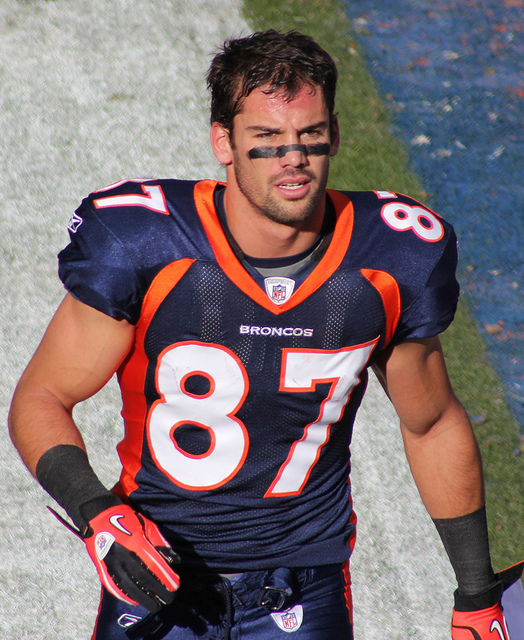
ESPN analyst Matt Williamson is a former NFL scout for the Cleveland Browns. He agreed to talk about a variety of topics in a three-part interview at The Rookie Scouting Portfolio. In Part I, Williamson discusses an emerging NFL offensive trend with personnel and then explains the difference between scouting for a football team and a media conglomerate. In this post, Williamson tells the story of his ascent to football’s biggest stage despite never playing the game.
Waldman: Tell me about your football background.
Williamson: I never put pads on in my life. I came from a rather nonathletic family. I played baseball and basketball like every kid, but I was never picked for an all-star game. I was never the first kid picked for a team. I am slow. But the love for football was always there.
When I was six years old and we would go on vacation I got preview guides and just read them the whole time. That’s all I cared about. I was a huge Steelers fan growing up here in Pittsburgh, and obviously football is “sort of big” in this town. I’m sure that had something to do with it.
Waldman: How did you get into scouting?
Williamson: I went to school at Pitt at Johnstown. Throughout college my neighbor owned a swimming pool servicing company. It was a really small organization all based on service. Every summer I would come home and work for him. Over those five summers I gained more and more responsibility and eventually I was running my own crew at the end.
I was a creative writing major. When I graduated, my grades weren’t great and I didn’t have a great direction. I didn’t know what I was going to do. So I bought the swimming pool company. The owner was an older guy and I got a great price on it. I was my own boss when I was 22 years old and I had an employee or two. It made money and allowed me to do whatever I wanted during the winters. Continue reading


















